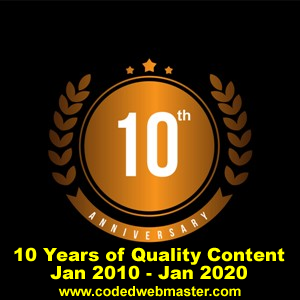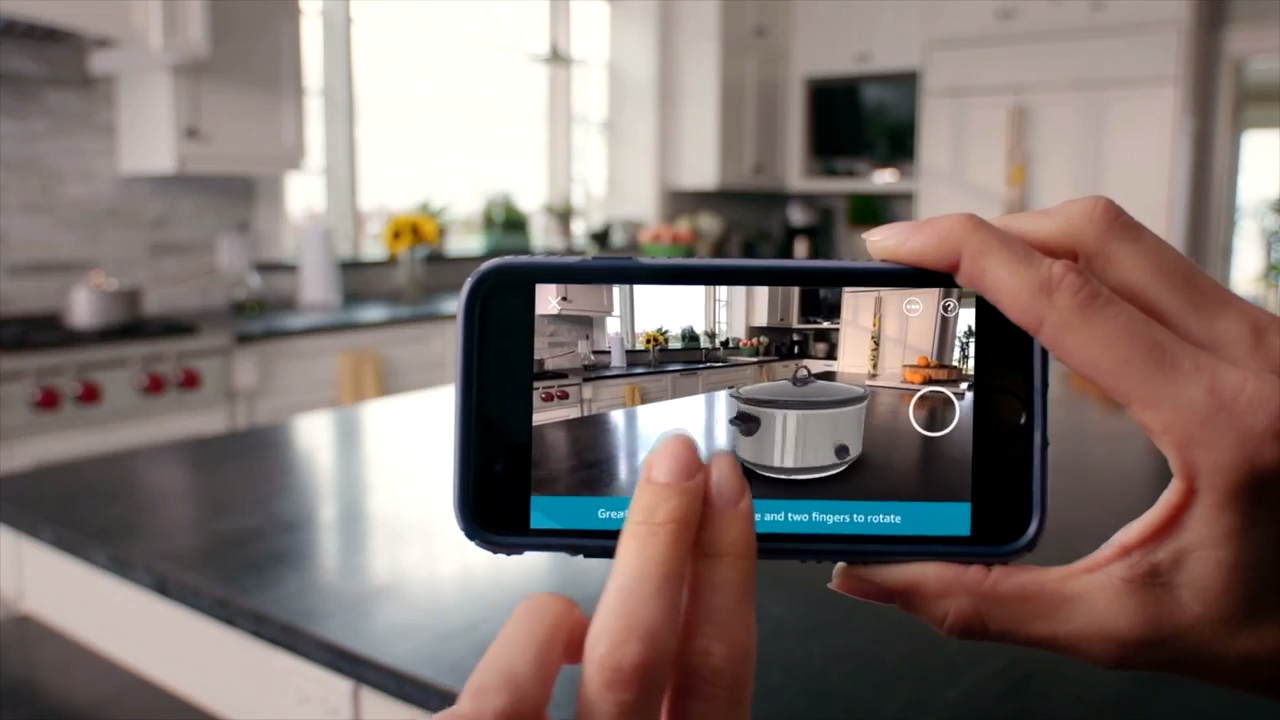
For many, creating your own website is a dream. But why not just make this dream a reality? Indeed, it is not necessary to know how to code or be a web designer to create one’s own presence on the Internet. Here are our ideas for a new website for your startup.
- Create your website with an online publisher
- Create your website through a Content Manager
- Develop your own website
How to Make a Webpage with a Web Creator
Let’s start with the easiest option: Use a web creator. It would be an all-inclusive package since normally the same company provides the template (design), storage, domain, email, and support. Web creators are well equipped to deal with technical tasks.
But this does not have to be just interesting for beginners. It depends on the project, why make your life difficult when there are easy ways to do it? Virtually all web creators have a ‘free basic plan’ that allows you to test it in detail before deciding whether the expense is worth it.
Prices start at around $ 11 but they include everything important. For those who do not necessarily need an email – it is still cheaper.
Pros
- Very easy to use
- No additional software is needed
- You can start without technical knowledge
- Updates and security details are handled by the website creator
Cons
- Additional functionalities cannot always be added
- Flexibility is lost since it makes you dependent on the provider
- They are not designed for complex projects that need databases e.g. web directories
Create Webpages with a Content Manager
Content managers (CMS) have a degree of complexity attached to them. Although they work in a similar fashion as a web creator, they are much more difficult to use.
With a web creator, you can’t only add simple content such as texts and images, but you can also design the complete web page.
The most popular content manager is WordPress. It installs an already prepared theme with design options. But if there is something that does not convince you will need to modify the HTML – by you we mean a programmer.
The hosting, domain, email and level of support you choose will depend on the money you want to spend and your technical knowledge. Trust us – If you decide to do it yourself you can get out relatively cheap.
WordPress has thousands of plugins that allow you to add special features to your website that are not included in the entry. A typical example would be Woo Commerce, a plugin that adds a complete online store.
By default, WordPress is designed for a single language, but there are plugins that make it possible to translate the page. Another favorite could be Yoast’s SEO plugin, which allows you to modify the settings for search engines (e.g. Google).
Pros
- You can choose a hosting company
- Very good for webpages in different languages
- Technical flexibility
- The functionalities can be extended using plugins
Cons
- Without personal technical support
- Creative freedom depends only on the chosen template
- You can have increase costs with the plugin options
- Small aesthetic changes may require the services of a programmer
Other examples of content managers are Joomla! and Drupal, but they are much more complex to use than WordPress. You will find more information about WordPress in our WordPress special.
Program a Webpage Yourself
This is the discipline that reigns: open the editor and start programming. Whoever needs total freedom, will have to make the page himself. It is clear that this requires patience and for beginners, it is often overwhelming (and frustrating). If you are unsure about the process you can educate yourself or reach out, Web Design Singapore, to any person with the required knowledge and skills that can help.
A good place to start is pages like Codecademy, Mozilla or W3Schools that offer step-by-step tutorials for beginners.
It would be more expensive if you need to charge a programmer: paying $11 a month for a web creator will always be cheaper than what any designer or agency charges for one hour of work.
The preferred editors are NetBeans, Aptana Studio and Brackets. Everyone supports at least HTML, CSS, JavaScript and PHP –And guess what they are all free.
Pros
- The possibilities are endless if you know how to code
- Economic
- Flexible
Cons
- It has no support
- The learning curve is very slow
- The costs are difficult to calculate
- It requires a lot of study and implementation time
Design and Plan a Website
In the same way that it is not always a good idea to start cooking without following a recipe the same goes for creating a website. Improvising here is not a good idea, planning will help you decide which sections you need, the content that is best suited for your business and how your webpage should look like.
A Few More Tips for Your Business Webpage
Use a pen and paper: write down everything you want the page to be. Brainstorming and creating a mind map is the perfect way to organize your thoughts.
Take a look at other websites: Check out what you like and what you do not like
Once you have the draft of what you want on your website, ask experts for their opinion.
I create a list (e.g. in Excel) with all the pages that my website will have. There I make notes about: the title, the kind of content, keywords, and the pages that are important.
Pro Tip: If you want to win the SEO game, you better find out which keywords each page will have.
And What about the Design
Creating visual web designs is not easy; in fact, I would say that there are more examples of unusual designs than good, do not let yours be one of them.
It is not for professional designers, but I will give you a couple of tips that I think will work:
- Try using a light color (or white) for the background
- Choose eye-catching colors that balance each other. Use Adobe Color if you need help
- Keep the layout simple
- Do not use too many sources
- Keep a similar style and format. Users should not notice differences in the design between your pages
- Your website has to look good on mobile devices too
- If you add images they should be royalty free unless you have sharing agreements with the website. Smartphones today take very good photos if you plan a bit you can have unique photos that identify you
- Less is more, in case of doubt, be a minimalist





